In our daily lives, we’re often cautious around people showing symptoms of the common cold or flu. However, many aren’t aware of other illnesses that can spread as easily, some of which might surprise you. This article delves into more than 10 illnesses that might appear harmless or non-contagious, yet have the capability to spread from person to person. Understanding these can help you take precautions and protect your health and well-being.
Pink Eye (Conjunctivitis)

While often dismissed as a minor annoyance, pink eye is a surprisingly contagious condition. This inflammation of the eye’s conjunctiva can spread rapidly, especially in close environments like schools and offices. Sharing personal items or even being in close contact with someone who has pink eye can lead to its transmission. Be sure to wash your hands frequently and avoid touching your face to prevent catching or spreading this common ailment.
Scabies

Scabies, caused by tiny mites burrowing into your skin, is more common than you might think and is highly contagious through direct skin contact. The persistent itchiness and rash make it uncomfortable, while the ease of its transmission requires stringent measures to contain. It’s not limited to any demographic and can appear in both crowded and intimate living conditions. Quick medical treatment and thorough cleaning of possessions are essential to curb this condition.
Mononucleosis
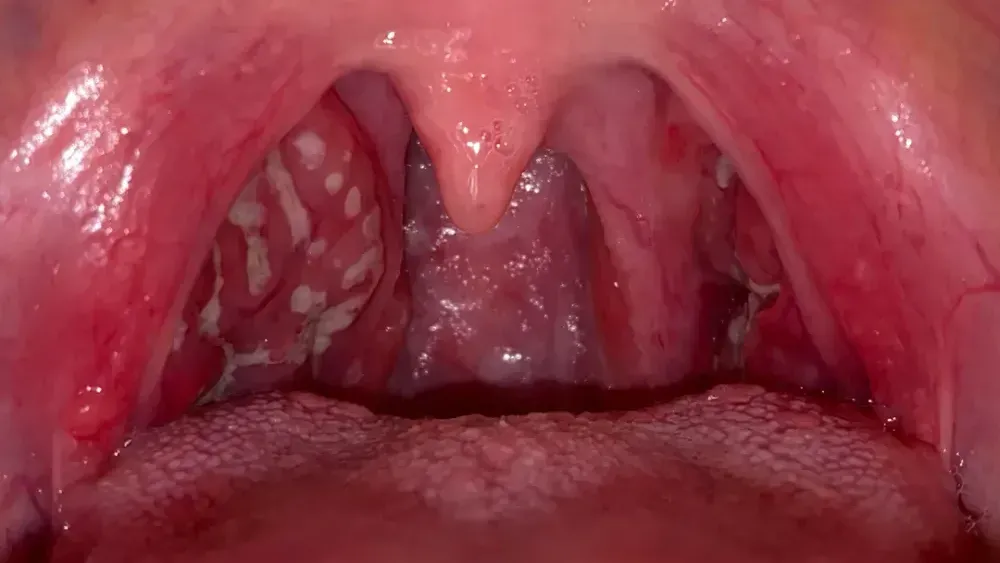
Often referred to as the ‘kissing disease’, mononucleosis hides its contagious nature while spreading quietly. Caused by the Epstein-Barr virus, it’s readily passed through saliva, making it more contagious than one might think.
Casual contact, such as sharing a drink or a close cough, can transmit the virus. While symptoms like fatigue and fever can last for weeks, many mistake it only for a lingering cold. Recognizing its transmissibility can help mitigate its spread.
Ringworm
Despite its name, ringworm is not a worm but a highly contagious fungal infection. It presents as a red, circular rash that can affect skin, scalp, and nails, making prompt treatment essential to prevent spreading.
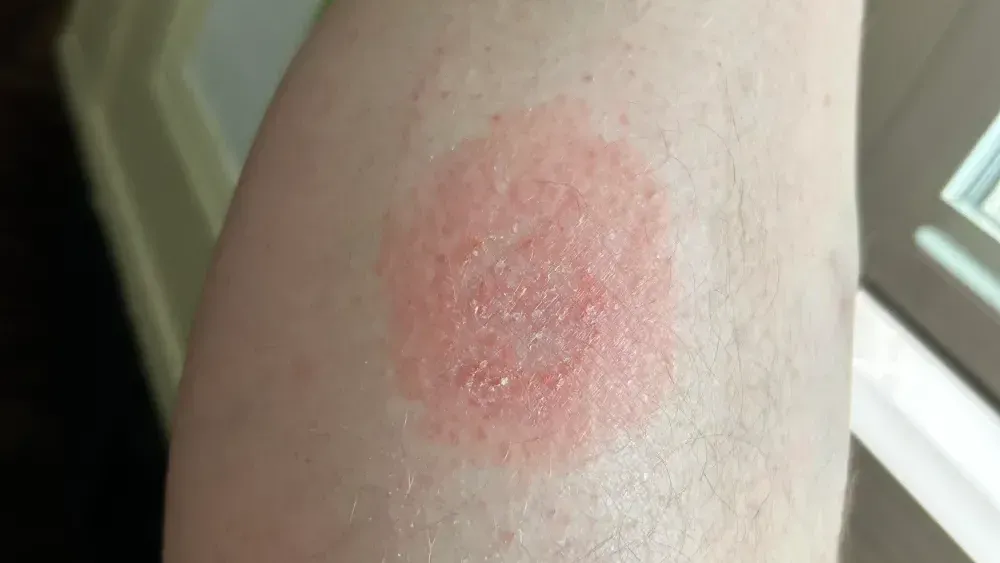
Direct skin contact or shared objects like towels and clothes facilitate its transmission. Easy to catch in communal areas like gyms, prevention requires good hygiene. Awareness can save you a bothersome dermatological issue.
Molluscum Contagiosum

Molluscum contagiosum might sound exotic, but it’s a surprisingly common skin infection, particularly among children. It spreads effortlessly through close contact or shared items, showing as small, firm bumps on the skin.
While often painless, these bumps can be itchy or inflamed. Transmission can occur in everyday settings, such as schools or daycare centers. Educating caregivers and parents helps control its spread in such communal environments.
Norovirus

Norovirus is often associated with outbreaks on cruise ships, but it can strike anywhere. This highly contagious virus can cause a sudden onset of stomach pain, nausea, vomiting, and diarrhea. Just a small amount of the virus particles can make you sick, and it spreads quickly in crowded environments. Whether by contaminated food or surfaces, once norovirus gets a foothold, it travels fast, making hygiene and cleanliness critical.
Hand, Foot, and Mouth Disease
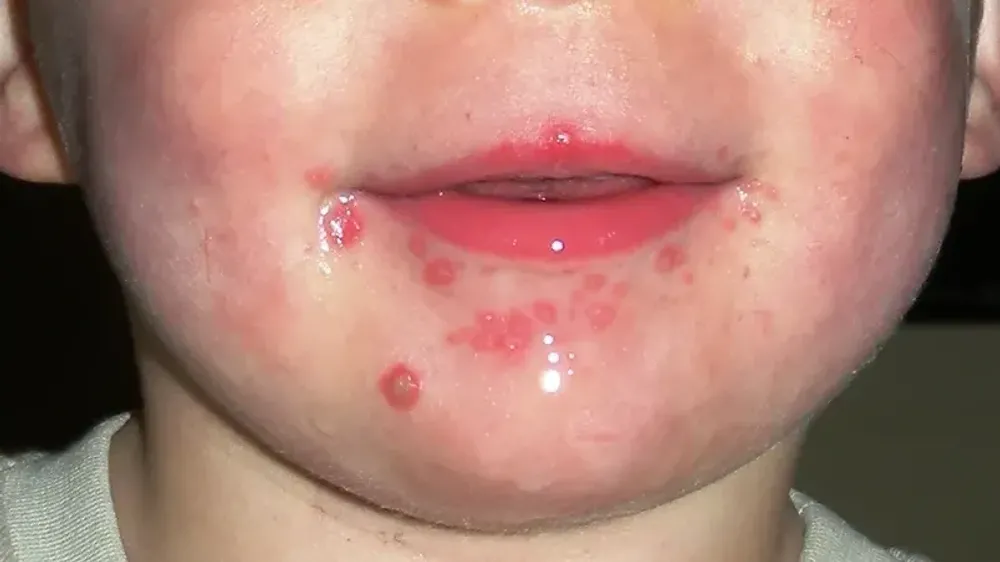
Generally perceived as a childhood illness, hand, foot, and mouth disease (HFMD) can also surprise adults. Caused by enteroviruses, it can effortlessly make its way through daycare centers and preschools, but adults in contact with infected children are at risk too. Symptoms include blisters on the hands, feet, and mouth accompanied by a fever. Make sure to sanitize frequently to keep this contagious virus at bay.
Head Lice

Contrary to popular belief, head lice have nothing to do with poor hygiene and can be caught by anyone through direct contact. These tiny parasites thrive in crowded settings, as they crawl from one person’s hair to another. Sharing personal items like combs, hats, or headphones can also spread lice, making vigilance and regular checks crucial. If detected, prompt and thorough treatment is necessary to prevent spreading them further.
Cold Sores (Herpes Simplex Virus)
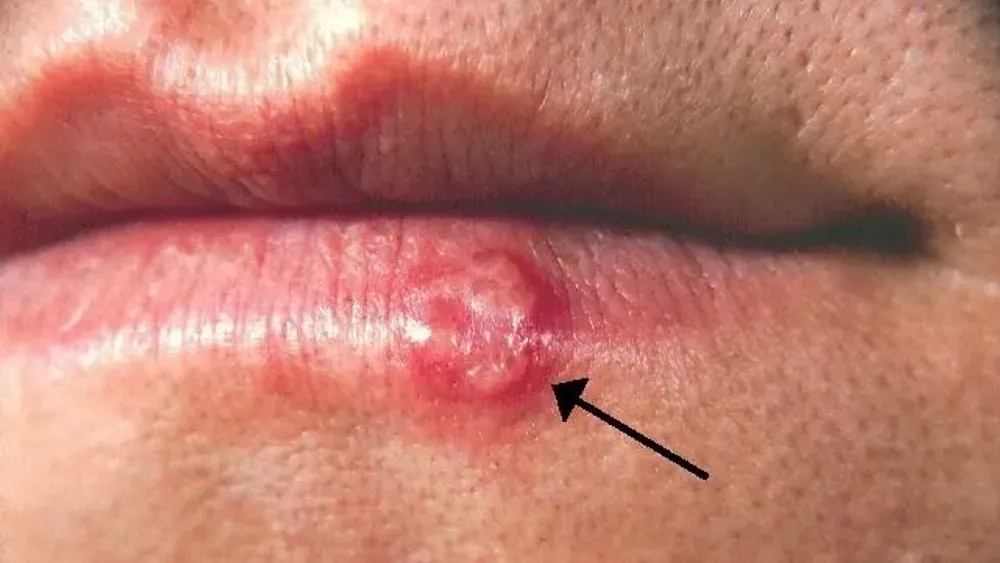
While many people recognize cold sores as a common ailment, few are aware that they stem from an incredibly contagious virus. Herpes Simplex Virus, responsible for these pesky blisters, is shared through direct contact, often causing outbreaks during times of stress or illness.
A simple kiss or shared utensil can spread the virus, even when sores aren’t visible. Surprisingly, most adults carry the virus without symptoms, underscoring its stealthy transmission capability. Awareness and caution are key to prevention.
RSV (Respiratory Syncytial Virus)

RSV is a respiratory virus that doesn’t always receive the attention it deserves, especially in adults who may dismiss its symptoms as a minor cold. It is, however, contagious and can lead to severe respiratory issues.
Most commonly affecting young children and the elderly, RSV spreads through respiratory droplets. Its subtlety makes it especially dangerous as carriers may unknowingly pass it to more vulnerable individuals—prompting the need for vigilant hygiene.
Streptococcal Infections

Most people know about strep throat, but did you know that other streptococcal infections can also pass from person to person? These bacteria can lead to skin infections, scarlet fever, and even pneumonia. It’s not just a problem for the winter months. Good hygiene and being mindful of sharing personal items can reduce the risk of spreading these less obvious streptococcal strains.
While we often associate bacterial infections with direct contact, streptococcal infections can also spread through respiratory droplets. That means a simple sneeze or cough from an infected person is enough to expose others. Be mindful during gatherings or when you’re feeling under the weather, as these bacteria can be stealthy travelers between friends and family.
Impetigo
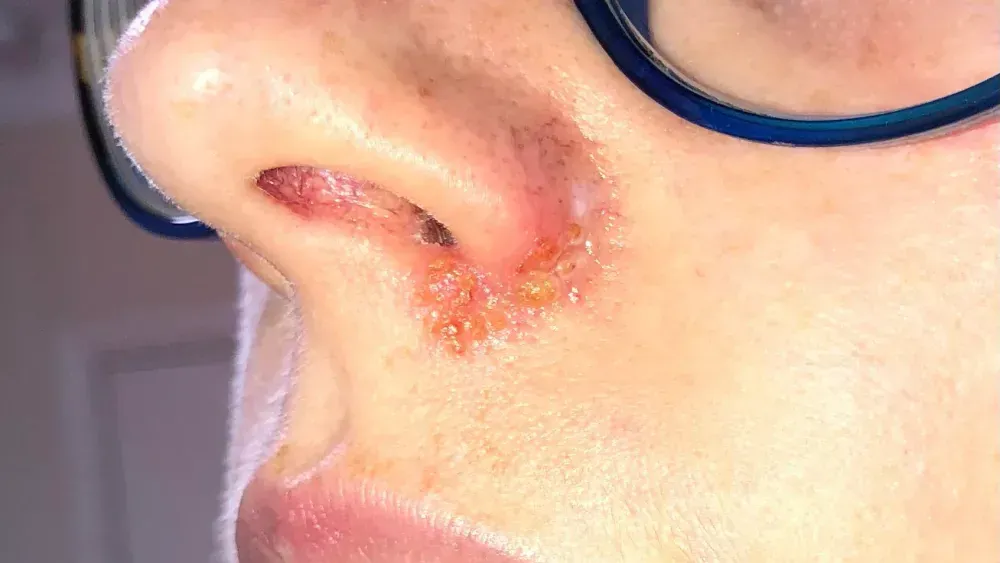
This common skin condition, known for its itchy, red sores, often catches people off guard. Mostly affecting children, impetigo is highly contagious and can easily spread through direct skin contact or shared items. It’s not just inconvenient; left untreated, it can lead to more serious complications. Swift treatment and good personal hygiene are key to curbing its spread.
Older children and adults are not immune to impetigo, especially in crowded environments or when skin-to-skin contact is frequent. With such easy transmission, it’s vital to be wary of sharing towels, clothes, or sports equipment. Being aware of early signs and seeking medical advice promptly can prevent outbreaks and complications.
Stomach Flu

Commonly mistaken for food poisoning, viral gastroenteritis, or stomach flu, is more prevalent and contagious than many realize. Its unsavory symptoms, like vomiting and diarrhea, are typically spread through close contact or contaminated food and surfaces. Despite its name, the influenza virus is not involved, yet the impact can be incredibly disruptive to daily life.
Outbreaks of stomach flu often hit schools, cruise ships, and group settings hard. Simple acts like washing hands thoroughly and cleaning surfaces can significantly reduce its spread. Although many may recover within a few days, staying hydrated and rested is crucial to weathering its worst effects safely and swiftly.
